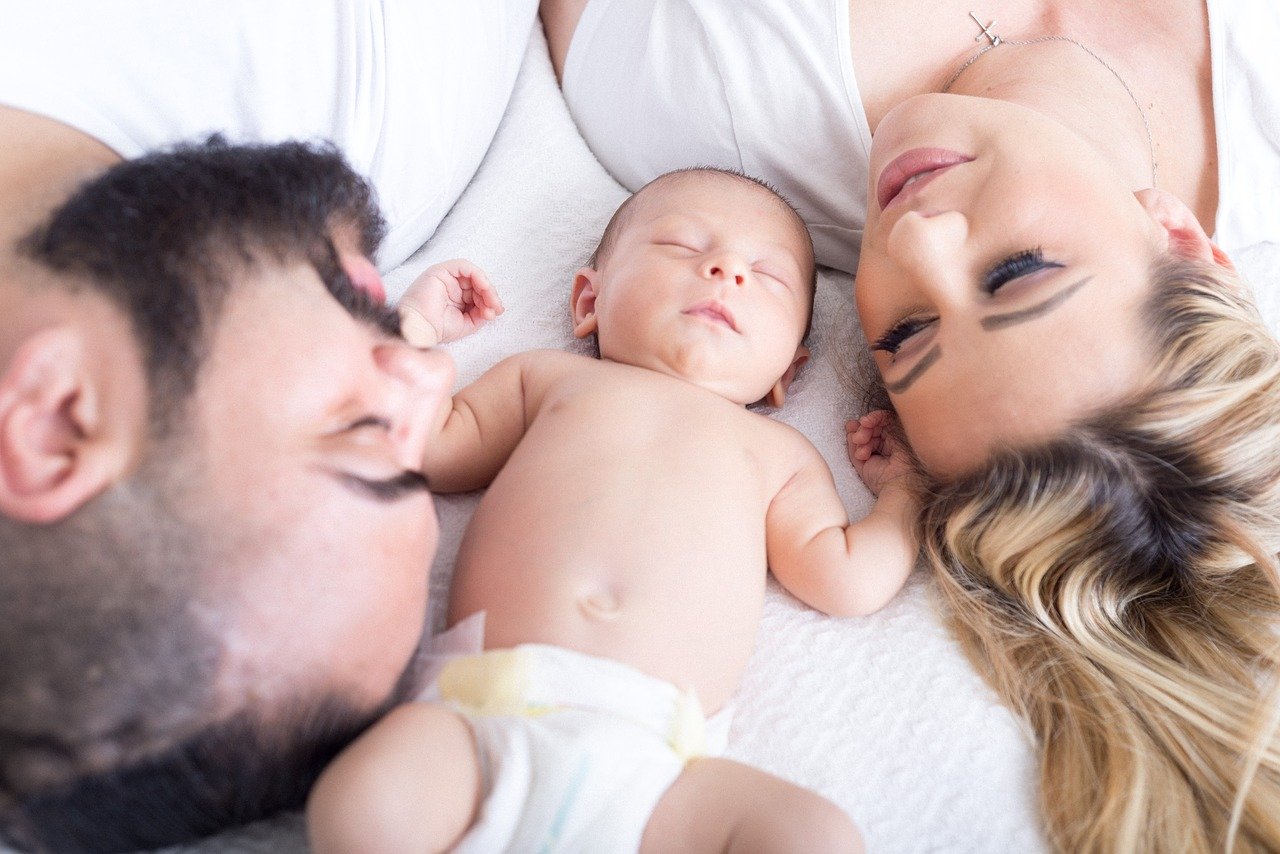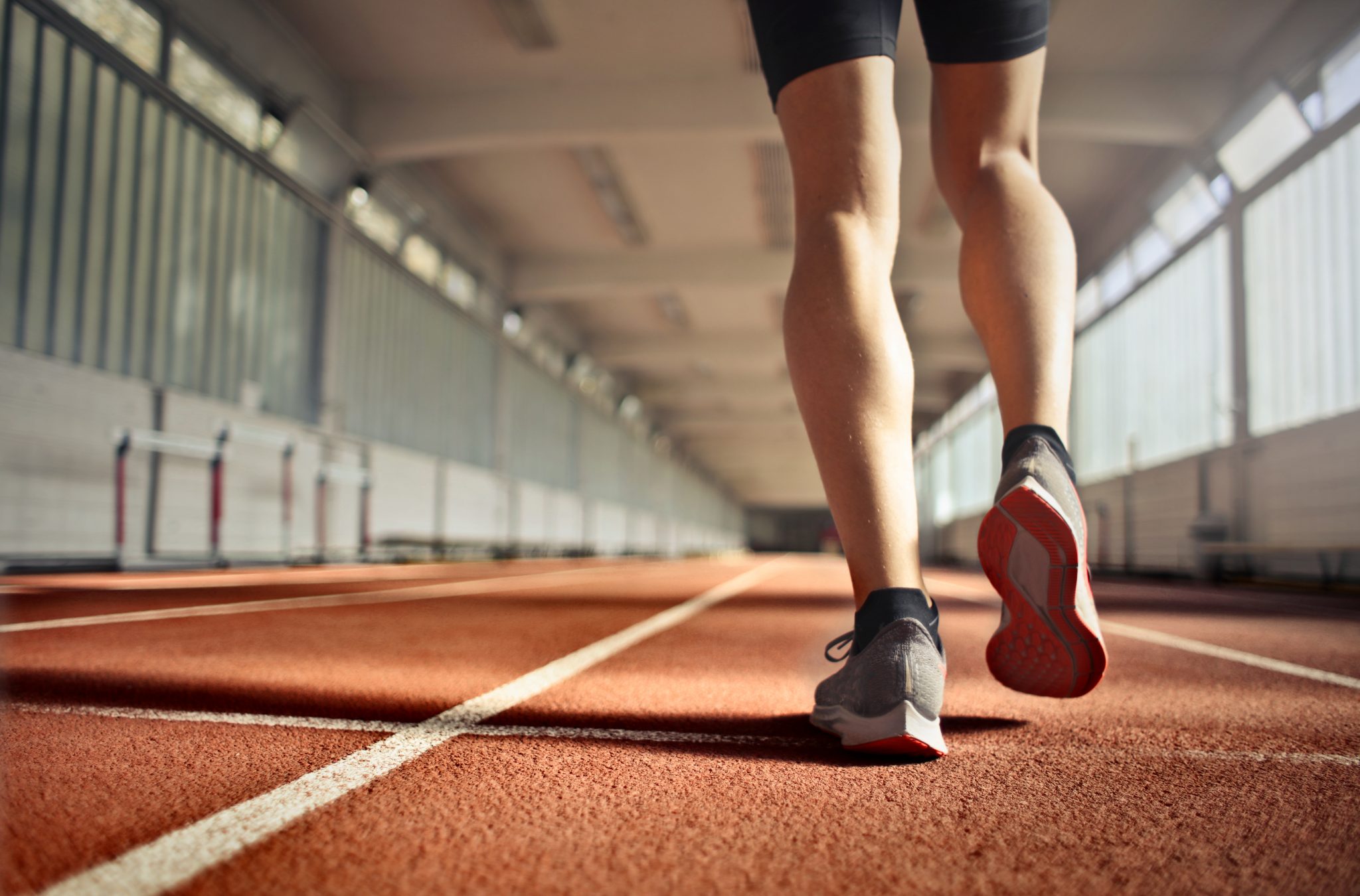Why You Should Never Ignore Varicose Veins
One-third of the population of the United States has some form of Varicose veins. Spider veins are the most common form of this unsightly circulatory condition. Although for most people, varicose veins amount to nothing more than aesthetic concerns, it may lead to serious medical conditions for others. It is, therefore, essential to get the veins examined by medical professionals.
What are Varicose veins?
They usually are twisted or enlarged blood vessels that appear just below the surface of a person’s skin. It commonly appears on the legs; however, it can appear on other parts of the body. It causes swelling, fatigue in the legs, and general discomfort. Women are more primarily affected by this condition than men.
What are the causes of Varicose veins?
Veins are an integral part of our body’s circulatory system. They are responsible for returning the blood from all parts of the body to the heart for recirculation. To be able to return the blood to the heart, the veins present in the legs must work against gravity.
Varicose veins occur when the valves within the veins become damaged or weak. The blood begins to pool in the veins and does not travel back to the heart.
Hereditary factors play a significant role in the development of Varicose veins. Apart from this, pregnancy, aging, obesity, and inactivity can also contribute to it.
How do Varicose veins and spider veins differ?
It is difficult for a non-specialist to spot the difference between Varicose veins and spider veins. However, they are different medical conditions.
While Varicose veins appear thicker and “ropey” and occur when the one-way valves do not function properly, spider veins are thin and result from poor blood circulation.
Spider veins are generally harmless and are more of a cosmetic problem. On the other hand, Varicose veins may signify serious issues relating to the body’s circulatory system.
Symptoms of Varicose veins
People may experience one or multiple symptoms. Here are some of the common signs of Varicose veins:
- Visibly swollen veins
- Pain or ache while standing
- Cramping or throbbing in the affected area
- Skin discoloration in the affected region
- Restless, itchy or swollen legs
Why should you never ignore Varicose veins?
If you have noticed Varicose veins in your body and it is turning painful, it is time to visit a doctor immediately as it a clue that something more serious is happening. Few of the hidden dangers of Varicose veins if left untreated are as follows:
• Swelling of legs
When pressure builds inside the veins, the fluid from the blood may leak into the neighboring tissues and cause swelling. Sometimes the swelling may be so severe that one is unable to fit into their shoes.
Additionally, the skin may also leak a yellowish or clear fluid. If the symptoms persist, it may lead to skin discoloration or hardening.
To bring down the swelling, doctors often recommend keeping the legs elevated for a minimum of 15 minutes. The use of compression stockings would be helpful.
• Skin ulcers
The swelling due to Varicose veins often interferes with the body’s defense mechanism. People affected by this condition are prone to skin ulcers. The swollen tissue restricts the supply of oxygen and nutrients. As a result, it takes more time for even a minor injury on the skin to heal completely.
When the skin does not heal in time, it leads to the formation of ulcers. About 80% of cases relating to leg ulcers are because of Varicose veins. Some of the symptoms of leg ulcers are swelling in the affected leg, pain, and itching.
• Skin infection
People with Varicose veins are more susceptible to skin infections. The bacteria present on the skin can get inside the body and cause a skin infection named cellulitis. It will cause the swelling to increase further, and patients can notice a distinct warm red patch on the affected area.
Doctors generally prescribe medications to treat this condition. However, for extreme cases, undergoing surgery is a better option.
• Hyperpigmentation and Lipodermatosclerosis
If Varicose veins are not untreated, it can lead to hyperpigmentation. It causes darkening and discoloration of the skin.
Additionally, it can also cause Lipodermatosclerosis. It results in the hardening of the tissues present in the legs. As a result, movement becomes increasingly difficult and painful.
• Bleeding
This is another primary concern for people suffering from Varicose veins. As these veins are present just underneath the skin’s surface and contain excess blood, it is hard to control the bleeding if the vein is accidentally cut or nicked. If the skin is broken, there will be a large bruise.
• Blood clots
As Varicose veins restrict the blood flow, it increases the likelihood of the formation of clots. Reports state that up to 3% of the population who have Varicose veins will suffer from blood clots.
The affected area will turn warm and painful when touched. The vein will also become hard. This medical condition, called Thrombophlebitis, requires immediate attention.
• Deep vein thrombosis
Deep vein thrombosis or DVT occurs when the blood clots develop in the deeper veins. It is life-threatening and must be immediately treated by a doctor.
The legs become swollen, red, warm, and painful. If left untreated, it may cause the blood clot to rupture and travel to the affected person’s lungs. It will lead to a fatal condition called pulmonary embolism.
Diagnosis and treatment options for Varicose veins
To diagnose Varicose veins, doctors usually conduct a physical exam. During the examination, the doctor will ask about any ache or pain in the legs. This is generally followed by an ultrasound test to determine if the valves present in the veins are functioning optimally. It also helps to identify any blood clots and is a non-invasive procedure.
The treatment options for Varicose veins do not entail a long uncomfortable stay in the hospital. These minimally invasive procedures are generally walk-in, walk-out type of surgeries. Depending on the severity of the case, doctors may recommend one of the following:
• Sclerotherapy
In this procedure, the doctor injects the varicose veins with foam or a solution that closes or scars those veins. It causes the treated varicose veins to fade away after a few weeks.
• Laser treatment
In this procedure, a strong burst of light falls onto the vein, which causes it to fade and disappear. This method does not involve the use of needles.
• Catheter-assisted procedures
A catheter is usually inserted into an enlarged vein in this procedure. Laser energy or radio frequency is then used to heat the tip of the catheter. The heat makes the vein to collapse and close.
• High ligation and vein stripping
In this procedure, the doctors tie off the vein and remove it through small incisions. The removal of the vein does not adversely affect the blood circulation in the leg.
• Ambulatory phlebectomy
Here, the doctors make multiple punctures on the skin to remove the veins. Local anesthesia is usually administered for this procedure, and the scarring is minimal.
• Endoscopic vein surgery
This is only recommended in advanced cases with leg ulcers. A thin video camera is carefully inserted in the leg to help doctors get better visibility. The varicose veins are then removed through tiny incisions.
Conclusion
If you are dealing with Varicose veins, talk to your doctor immediately. Taking action sooner than later can minimize pain and discomfort. Leaving it untreated can be detrimental to your health. Therefore, take charge and reach out to a health care practitioner right away!





